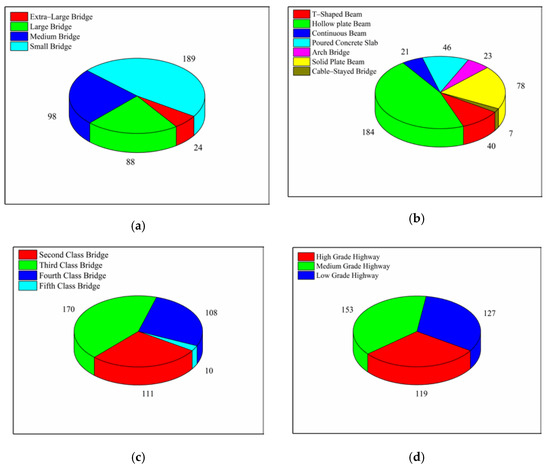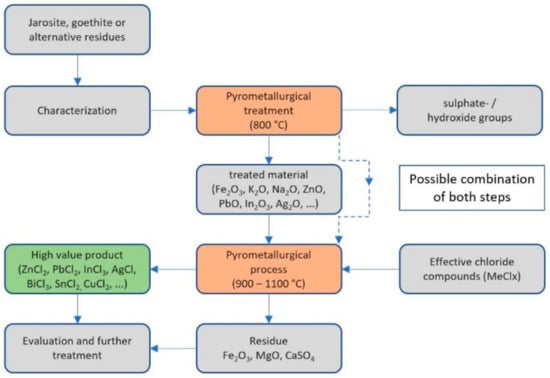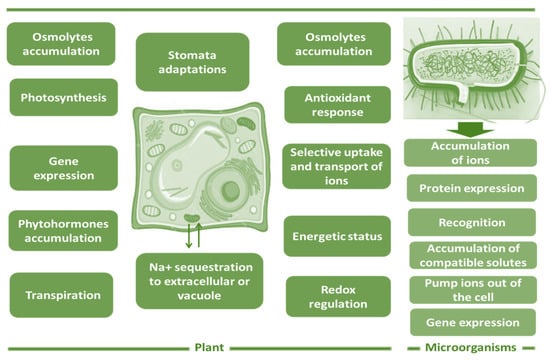1
School of Astronautics, Northwestern Polytechnical University, Xi’an 710072, China
2
No.208 Research Institute of China Ordnance Industries, Beijing 102202, China
Appl. Sci. 2022, 12(7), 3598; https://doi.org/10.3390/app12073598 - 1 Apr 2022
Cited by 14 | Viewed by 3445
Abstract
This paper investigates the air–ground cooperative time-varying formation-tracking control problem of a heterogeneous cluster system composed of an unmanned ground vehicle (UGV) and an unmanned aerial vehicle (UAV). Initially, the structure of the UAV–UGV formation-control system is analyzed from the perspective of a
[...] Read more.
This paper investigates the air–ground cooperative time-varying formation-tracking control problem of a heterogeneous cluster system composed of an unmanned ground vehicle (UGV) and an unmanned aerial vehicle (UAV). Initially, the structure of the UAV–UGV formation-control system is analyzed from the perspective of a cooperative combat system. Next, based on the motion relationship between the UAV–UGV in a relative coordinate system, the relative motion model between them is established, which can clearly reveal the physical meaning of the relative motion process in the UAV–UGV system. Then, under the premise that the control system of the UAG is closed-loop stable, the motion state of the UGV is modeled as an input perturbation. Finally, using a linear quadratic optimal control theory, a UAV–UGV formation-maintenance controller is designed to track the reference trajectory of the UGV based on the UAV–UGV relative motion model. The simulation results demonstrate that the proposed controller can overcome input perturbations, model-constant perturbations, and linearization biases. Moreover, it can achieve fast and stable adjustment and maintenance control of the desired UAV–UGV formation proposed by the cooperative combat mission planning system.
Full article
(This article belongs to the Special Issue Intelligent Autonomous Decision-Making and Cooperative Control Technology of High-Speed Vehicle Swarms)
▼
Show Figures















